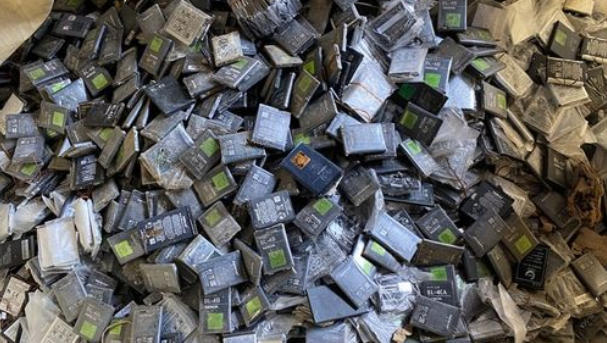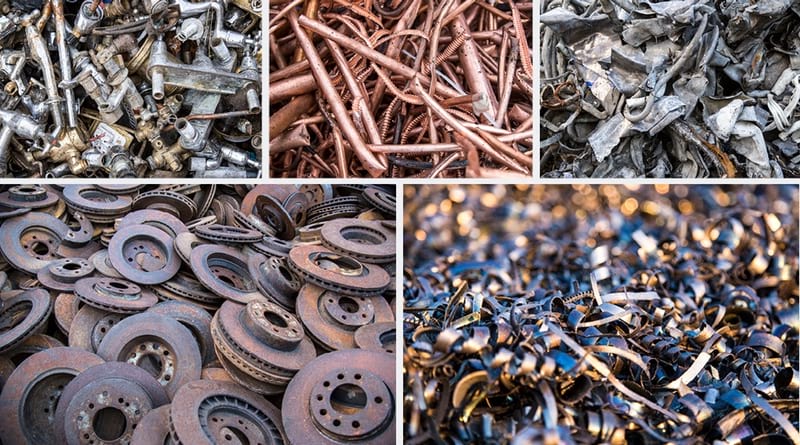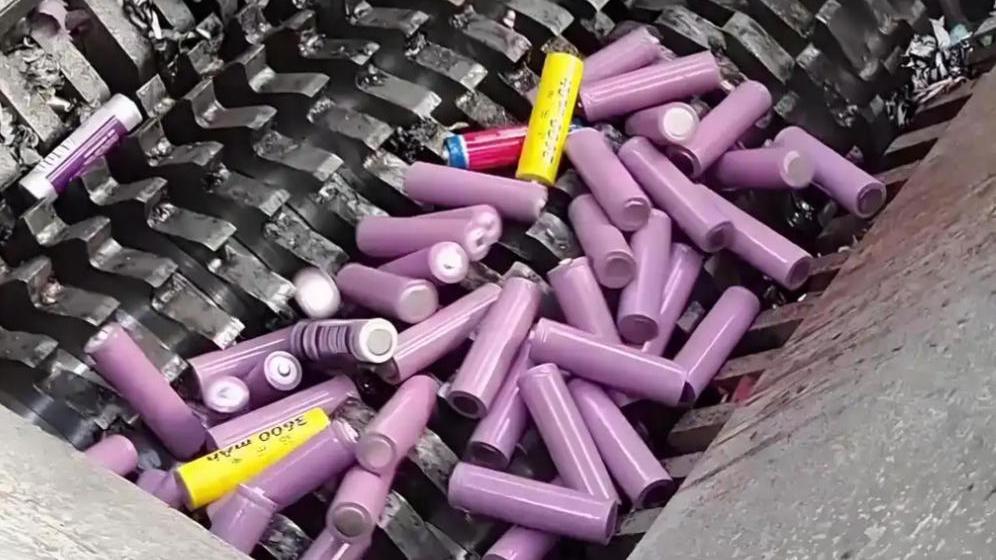Industrial solid waste, commonly referred to as industrial solid waste, includes various by-products of industrial processes such as plastics, metals, paper, and organic materials. Proper treatment and disposal of this waste are essential for reducing environmental impact and promoting sustainability. This article explores the various methods used to treat industrial solid waste, focusing on modern industrial solid waste treatment systems and the essential equipment used in the recycling process.

The Industrial Solid Waste Treatment Process
Efficient treatment of industrial solid waste involves several critical steps to ensure we reduce, recycle, and dispose of the waste in an eco-friendly manner. The primary stages in the treatment process are compaction, crushing, and sorting.
1. Compaction Technology
The first step in the industrial solid waste treatment process is often compaction. This technique is commonly used for pre-treating waste such as car parts, aluminum cans, plastic bottles, and other materials. The goal of compaction is to reduce the volume of the waste, making it easier to transport and manage. However, not all materials are suitable for compaction. Materials that are too viscous, such as tar, sludge, or liquids, can cause operational problems and should generally not be treated using this method.
2. Crushing Technology
The next stage in the industrial solid waste treatment system is crushing. Waste materials, such as plastic, metal, and wood, are processed by crushers to break them down into smaller, manageable sizes. Crushing serves multiple purposes, including volume reduction and preparing materials for further sorting. In some cases, crushing also helps in extracting valuable materials, such as metals from electronic waste or waste tires, for further recycling.
3. Sorting Technology
Sorting is one of the most critical steps in the industrial solid waste recycling process. The main objective of sorting is to separate useful materials from hazardous ones and to ensure that materials are grouped by their properties for efficient recycling. The basic principle behind sorting is to use the physical or chemical differences between materials to separate them.
The Role of Industrial Solid Waste Recycling Equipment
To facilitate these processes, specialized industrial solid waste recycling equipment is required. These machines are designed to handle large volumes of waste and perform critical tasks like crushing, sorting, and compacting. Some of the most commonly used equipment in industrial solid waste treatment includes:
- Shredders: Used for breaking down large waste items into smaller pieces.
- Separators: Machines that use various methods such as magnets, air flow, and vibration to separate different types of waste.
- Compactors: Used to compress waste materials into smaller volumes for easier storage and transport.
Conclusion
The efficient treatment of industrial solid waste is crucial for minimizing environmental damage and maximizing resource recovery. By using advanced industrial solid waste treatment systems and industrial solid waste recycling equipment, industries can significantly reduce the amount of waste sent to landfills, promote recycling, and contribute to sustainable practices. Whether through compaction, crushing, or sorting, these technologies play an essential role in creating a more sustainable future.
By investing in the right waste treatment solutions, industries not only help the environment but also benefit from the cost savings and efficiency improvements that come with effective waste management practices.



